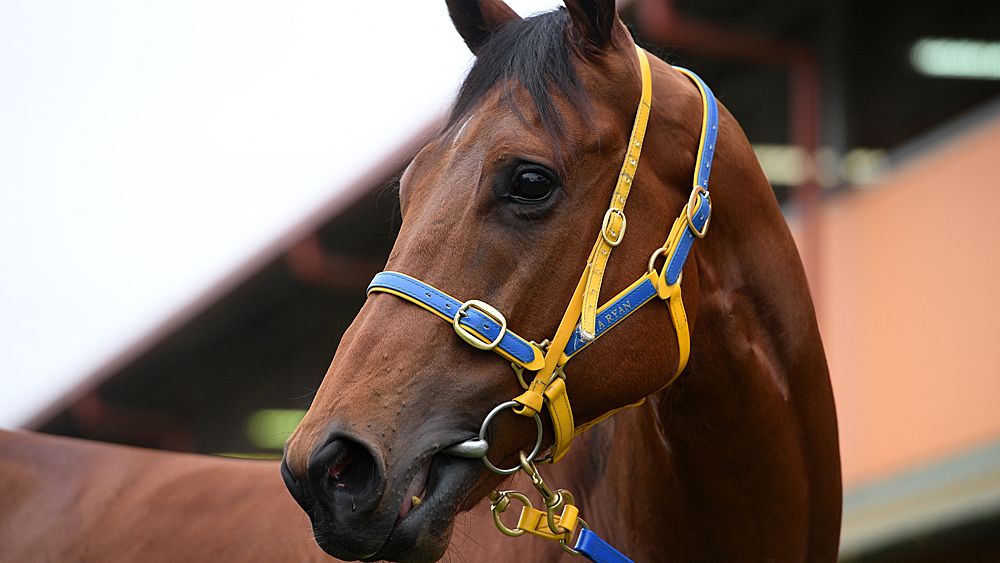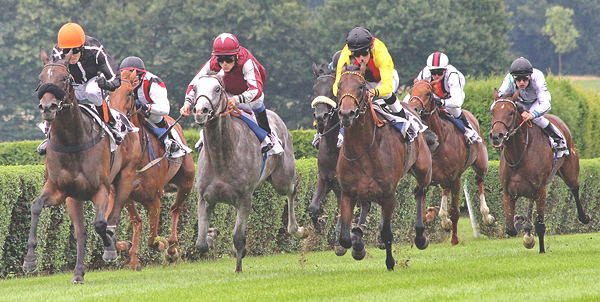Everything You Need To Know About Horse Racing

Live coverage of UK and Irish horse racing with todays racecards and results updated in real time. Market moves, latest betting odds and expert horseracing opinions. Follow The Sportsman for the. Mikey chats to Larry about being a dog trainer, what you need to look for when buying a dog and how to win a few quid at the races.

If you love the thrill of horse racing, you will thoroughly enjoy taking your chances on the occasional wager at the track too. In fact, you don’t even have to head to a track to place a bet because there are now so many online venues available. Interestingly enough, in the UK and in the United States there are many horse racing enthusiasts who insist that the online odds are usually more favorable for the bettor.
RacingBettingOnline.com is happy to provide free tips, free horse racing bets, virtual horse racing and Live Odds for your horse betting. This sport, is so popular both in the UK and the US, and in some other countries around the world. If you are looking for fun and excitement, horse racing is definitely for you.
Horse Racing information and Betting picks available on Racing Betting Online. With free Horse Betting account you will get the access to the biggest selection of horse betting options on the Internet.
Why is this the case? Usually because there is no bookmaker involved in the transaction and so the proceeds of the win (or loss) don’t have to be punitive in any way. There are also less costs associated with the electronic options too.
So, how does someone go about beginning to do some betting on horse racing? The first step is to educate yourself about the types of racing available. You should know that the thoroughbred races tend to yield the highest payments. This is because the information readily available about the horses is substantial, and because they are the top of their breed as far as speed and performance are concerned.
It helps to understand that horse racing is divided into a few different categories that include the thoroughbreds, harness, quarter horse, and more. Each of these is remarkably different and it takes a bit of knowledge and understanding to select a good candidate for the win. Together with the horse betting, the Greyhound racing betting activities and the online Harness racing betting, gain more popularity around the world and many more fans.
Just consider that when making a wager on horse racing it is advisable to consider (or to find out) the fitness of the horse, and how it has done in its last few races. If the animal is just coming off an injury it is also helpful to take this into consideration too. The bettor must also make a point of assessing the horse for its “distance”. This is the type of race in which the animal seems to excel. There are few horses that do well in both the long and the short races, and knowing this is a hugely relevant fact.
Many frequent bettors also make a point of determining the running style of a horse too. For instance, we have all heard about the front runner, and this is actually a horse known to never be any further than two full lengths out of the lead spot. Imagine how helpful this information can be to someone about to make a bet. On Racing Betting Online you have the option to play free horse racing games, together with other games on any of the horse racing systems.
It is also relevant to know a bit about the trainer and the jockey. There are teams that are well-known for the quality of their performance and their horse racing betting program, and there are some that are known for being less favorable. If a horse is young and just coming from a poor program a good bettor is going to know that there are some serious risks in choosing this horse for a wager.
Lastly, a good bit of research will always turn up the horse’s consistency levels. If the animal has finished in a winning (not necessarily first place) position for more than 50% of their races then they are likely to be a winner where wagers are concerned too. Depending on the racing conditions, the horse owners use their choice of horses for the races.
Racing can be hard to understand for a beginner, with races run on different ground, over a variety of distances, with obstacles and without, beginning with different types of starts, and with horses often carrying different weights. It can all get a little confusing, but our guide below breaks down everything you need to know about ‘the race’.
What are the main differences between a Flat race and a jumps race?
The first thing you will notice after taking a position in the stands is the starting point and indeed how the horses will start. In Flat racing, horses go into numbered starting stalls which have been pre-assigned in a draw. Some horses can become agitated going into the stalls but they are looked after at the start by expertly trained stalls handlers and the stalls are designed to start the race in an orderly and fair manner. Jump races start differently, with horses and riders being asked to walk in slowly before a flag is dropped to start the race.

Everything You Need To Know About Horse Racing Betting
Race distances are another major difference between Flat and jumps racing. Flat races are run over a minimum of five furlongs (1,000 metres), up to a maximum of nearly two miles and six furlongs. In jumps racing, the minimum distance is around two miles (although sometimes shorter in National Hunt flat races), with the Grand National at Aintree run over approximately four miles and two furlongs.
The other noticeable difference is in the name, as horses have to jump obstacles, be it hurdles or fences, in jumps racing, whereas Flat horses race on the level.
Everything You Need To Know About Horse Racing Betting
What are the similarities?
In both Flat and jumps racing, there is a set starting point and a set winning line. A photo-finish will be used to determine the winner if the finish is particularly close or, occasionally, to declare a dead-heat between two or more horses.
Both types of racing, Flat and jumps, have races where all horses compete carrying the same weight, but both also have races where competitors carry different weights based on their handicap ratings or on penalties for previous wins. As a rule of thumb, jumps horses carry more weight than Flat horses.
Races can be run on a variety of ground conditions, ranging from Heavy to Firm, and optimum surfaces differ for jumps and Flat. For example, Good to Soft ground might be ideal for the start of the Cheltenham Festival, whereas Royal Ascot would be ideally run on Good to Firm ground. All-weather racing takes place on a synthetic surface, although there are numerous types of synthetic surfaces.
The race and race tactics
Everything You Need To Know About Horse Racing Replays

During a race, each jockey attempts to optimise their horse’s ability to give them the best possible chance. Plenty of horses have a preferred running style, with some liking to be held up before challenging late, while some try to win from the front.
Things You Need To Know About Horse Racing
Some tracks suit certain types of horses better, but in essence, any horse with any style of racing can win a given race, depending on the tactics and pace of the race. In the later stages of a race, usually the final couple of furlongs, jockeys will manoeuvre their horses into the right position so they can challenge for the win if their horse is going well enough to compete. At this stage some jockeys will appear to be a bit more active, bouncing and beginning to urge their horse more forcefully, at which point the commentator may refer to that horse as ‘off the bridle’.
Everything You Need To Know About Horse Racing Scratches
The outcome of many races hangs in the balance well into the final furlong, leading to an exciting spectacle, although wide-margin victories are more common in jumps racing due to the more extreme race distances and ground conditions.